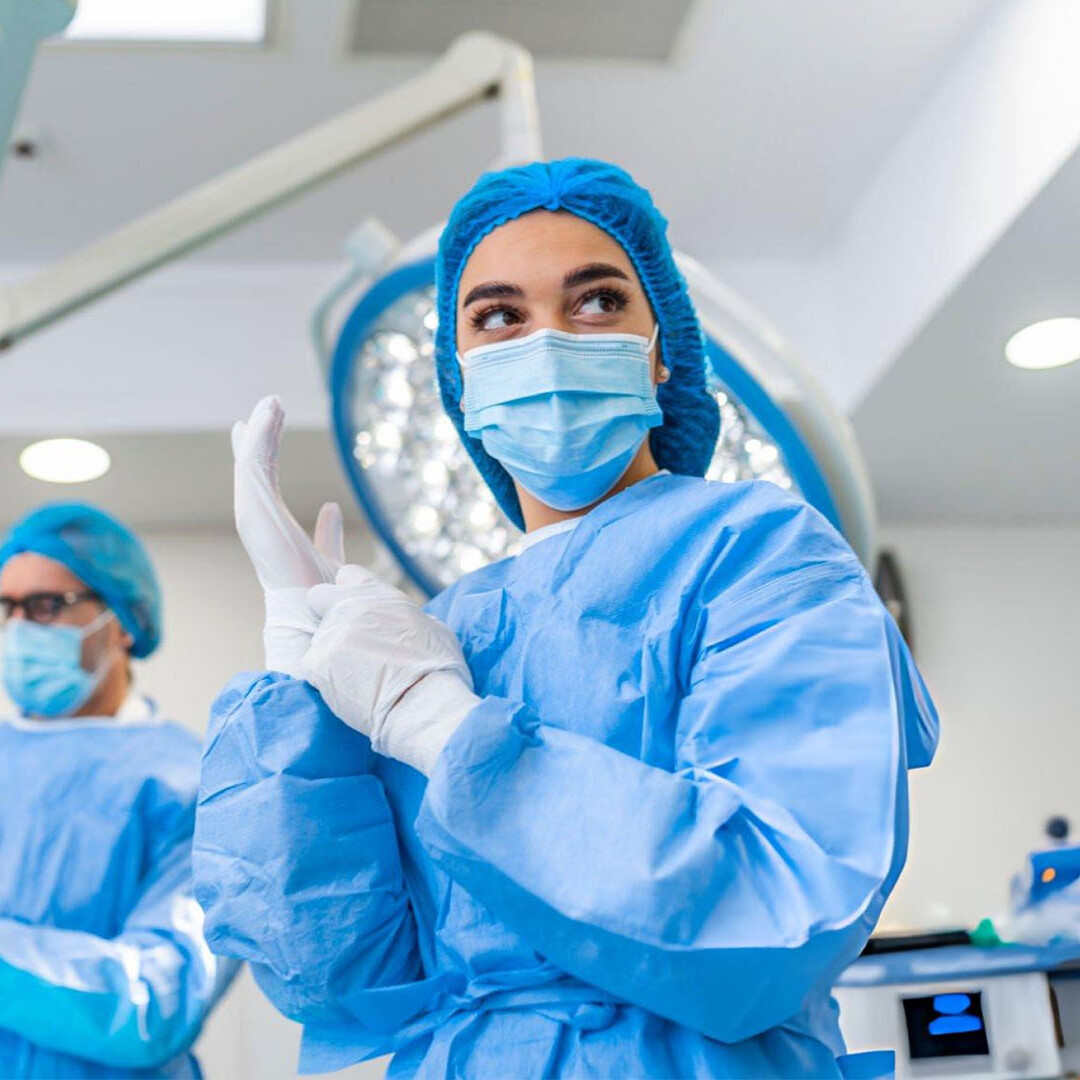In the high-stakes environment of an operating room, every detail matters—from the precision of the surgeon’s hands to the sterility of the instruments used. Among the many layers of protection and protocol, one essential component often overlooked outside the medical community is the surgical gown. More than just a uniform, the surgical gown is a vital protective barrier that safeguards both patients and healthcare professionals throughout surgical procedures.
Why Surgical Gowns Matter?
Surgical gowns are designed to serve a dual purpose: protecting patients from potential pathogens carried by medical staff, and shielding healthcare workers from exposure to blood, bodily fluids, and harmful microorganisms. In a setting where infection control is paramount, gowns act as a frontline defense in reducing the risk of surgical site infections (SSIs)—a major concern in any operative setting.
Key Features That Make the Difference
High-quality surgical gowns are made from materials engineered to resist fluid penetration and microbial transmission. They are classified by levels of protection (from Level 1 to Level 4, according to AAMI standards), with higher levels offering more robust resistance, particularly in high-risk or lengthy procedures.
Breathability and Comfort
Modern surgical gowns strike a balance between protection and comfort. Surgeons and operating room staff often wear these gowns for extended periods, making breathability essential to reduce fatigue and maintain focus.
Sterility and Fit
Gowns are sterilized to ensure they do not introduce contaminants into the sterile field. Additionally, proper fit and design—including cuffs that secure to gloves and closures that ensure full coverage—are critical in maintaining their protective integrity.
Surgical Gowns and Infection Control
Studies have consistently shown that the use of sterile, fluid-resistant surgical gowns significantly lowers the risk of cross-contamination. In surgeries where there is a high risk of exposure to blood and bodily fluids—such as in trauma or cardiovascular procedures—the protective value of the gown becomes even more crucial.
Evolving Standards and Innovation
The healthcare industry continues to advance in gown design, with manufacturers integrating new technologies like antimicrobial fabrics and more sustainable, biodegradable materials. Reusable gowns have also seen improvements in durability and performance, offering eco-friendly options without compromising safety.
Final Thoughts
The surgical gown is far more than a piece of fabric—it’s a critical element in the surgical ecosystem that ensures safety, sterility, and peace of mind. For hospitals and surgical centers, investing in high-quality gowns isn’t just about compliance; it’s about upholding the highest standards of care.




